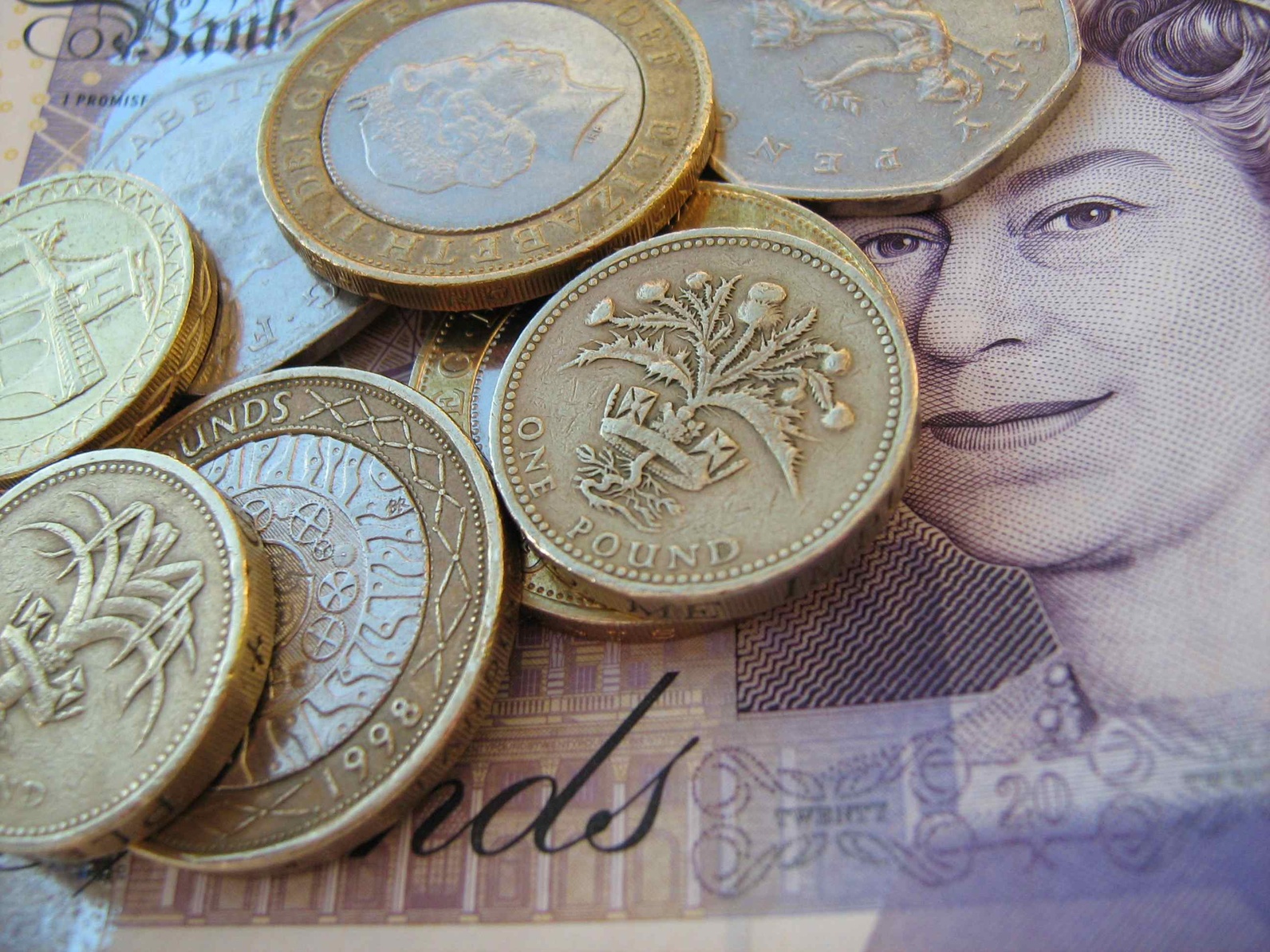
Pensions are a tax-efficient way to build a retirement fund during your working life – but you may be wondering how much tax you’ll pay on your earnings, and whether that changes depending on whether you choose to take a lump sum or drawdown.
The income you receive from a pension is like any other, since you’re taxed proportionally on how much you earn. Your personal allowance currently gives you £12,570 in the 2022-23 tax year (6th April to 5th April) tax-free, which includes the state pension. Anything above that, whether from pension(s) and/or other sources such as a job or rental property, is liable for tax.
In this blog, we’ll look at how pension drawdown tax works, and how much you can expect to pay.
We’ve covered this question in detail in our previous blog but it’s worth summarising the key points again here.
From the age of 55, you can start drawing an income from your pension, while continuing to invest, and hopefully grow, the value of the remainder. One of the big benefits is flexibility: you can choose exactly when and how much income you draw, in line with your financial goals and circumstances.
A pension drawdown calculator will show you how much you can expect to earn from your pension if you choose this option, including how much of it is tax-free.
There’s no specific pension drawdown tax – like other forms of income, it falls under income tax and personal allowance rules. If your total earnings exceed £12,570, including property rental income and paid work, as well as pensions, then you must pay tax on it.
Whether you choose a drawdown, annuity, or take out your pension in one or several lump sums, the rules are the same.
You can take the first 25% tax free, then you have to pay tax on the rest. This is why a drawdown is often a good choice because it allows you to take out a tax-free lump sum to enjoy as you wish, and only pay tax on your income when you take it. In other words, you spread out the tax payments and it may mean you end up paying less on your pension overall. In contrast, taking it as a single lump sum requires you to pay tax on 75% of the pot upfront, so there’s a high cost and no guarantee of a regular income after that.
If you opt to draw down your pension, it’s important to bear in mind that you don’t have to take all of your 25% tax-free lump sum in one go. Unless you need a certain amount, there are benefits to keeping as much in your pension pot as possible where it has a chance to grow – unlike sitting in a current or low-interest savings account where it could be eaten away by inflation. Therefore, by phasing your withdrawals, you still benefit from a regular income while also reducing your tax liability.
Just like your salary, income from a pension is taxed on a PAYE (pay as you earn) basis using your tax code and taking into account the state pension. And, like your salary, how much tax you pay depends on how much you earn.
A pension drawdown is no different to a pension – your provider will deduct the tax before you receive the money. If you carry on working while drawing down your pension, you’ll continue to be taxed on your wages via PAYE. However, if you have other income streams, from savings, investments and dividends, or renting out a property, you’ll need to submit a self-assessment tax return to HMRC each tax year.
As mentioned previously, the amount you pay after the 25% tax-free lump sum depends on your total income.
Say you earned £20,000 per year and have a retirement fund of £50,000. If you took £30,000 of the total, £7,500 of it would be tax-free while the remaining £22,500 would be added to your £20,000 income. This means you’d be taxed on your combined earnings of £42,500.
If your overall income remains below £40,000, you’ll only pay the basic tax rate of 20% – however, if you earn between £50,271 and £150,000, you’ll fall into the higher rate bracket and pay 40%.
You can reduce your income tax bill by putting some of your funds into an ISA (Individual Savings Account) because any interest you earn on it isn’t included on your tax return.
Under the current rules, you can put up to £20,000 in your ISA per year tax-free. MoneyHelper outlines a range of other options, including paying into a child’s pension. You could pay up to £2,880 into this type of pension per year, with the government adding another £720, so the young people in your life can look forward to a secure retirement.
It’s a good idea to seek advice from a qualified IFA if you’re looking for ways to reduce your income tax, since any errors you make on your self-assessment form could result in a penalty. There may also be options available to you that you didn’t know existed.
Please be aware these articles are for general information purposes only and correct at time of printing. We will not accept responsibility for any errors made or actions taken by any readers that have acted on the information contained. Answers given are for guidance only and specific advice should be taken before acting on any of the suggestions made. All information is based on our understanding of current tax practices, which are subject to change. Always remember when investing, past performance is not necessarily a guide to future performance and the value of some investment units can fall as well as rise.